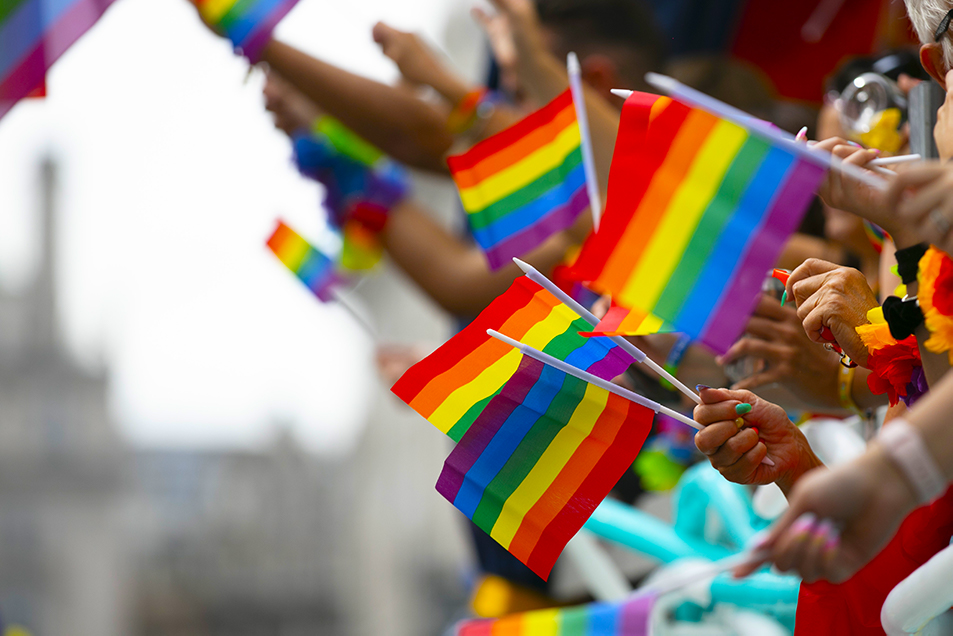
With the historic Bostock v. Clayton County ruling by the Supreme Court resulting in the inclusion of sexual and gender identity to the definition of Title VII’s sex discrimination protections in the Civil Rights Act of 1964, members of the LGBTQ community have scored another victory in the long march to equality. While it is important to celebrate victories in the name of civil rights, it is also important to reflect on the difficulties endured by the LGBTQ community and to understand the work that remains to be done.
The Impact of LGBTQ Discrimination
There is a long history of active and passive discrimination which have taken a toll on the LGBTQ community. This discrimination can take many forms, but it commonly includes verbal and physical harassment as well as firing. Editor and co-owner of the Washington Blade, Kevin Naff, recounted a personal experience with this kind of discrimination in an editorial on the Bostock v. Clayton County ruling, where in 2001 his boss openly blamed the 9/11 terrorist attacks on homosexuality. Upon learning that Naff was gay, the boss retaliated against him by barring him from meetings, reducing his responsibilities and requiring him to report his whereabouts to the office secretary every time he left his desk, even for the restroom. Despite reporting the discrimination to HR, at the time there were no laws offering any protections or recourse for such blatant acts of discrimination against Naff.
The culture of discrimination against members of the LGBTQ community in employment has persisted throughout the years, despite the victories for the community over the past decades. A 2017 study conducted by Harvard’s T.H. Chan School of Public Health shows the prevalence of discriminatory employment and hiring practices in the United States against members of the LGBTQ community. Just under 60% of LGBTQ individuals surveyed stated that they are less likely to be afforded employment opportunities where they live due to their LGBTQ identity, with one five describing difficulties in applying for employment due to their identity. A 2015 study indicated a poverty rate of 29% largely caused by an unemployment rate for transgender individuals of 15%, or three times the rate of the average US population.
A Brief History of LGBTQ Discrimination in Employment
Throughout the decades after the passing of the Civil Rights Act, jurists supporting or enabling discriminatory practices against LGBTQ individuals had used the “plain meaning” doctrine and the original intent of Congress to derail the numerous attempts to establish equal protection under the law through Title VII. Examples of this include the cases of Charles Voyles (1975) and Ramona Holloway, (1977) two transgender individuals who were fired and denied employment protections by district courts, as well as cases like DeSantis v. Pacific Telephone & Telegraph Co.
Multiple presidents have used their executive powers to enable or perpetuate discriminatory practices against the LGBTQ community in the federal sector throughout the years. In 1953, President Dwight Eisenhower signed Executive Order 10450 which, among other items, notably restricted those who exhibited “sexual perversion” from federal employment. In 1993, President Clinton signed the “Don’t Ask Don’t Tell” policy into law, pitching it as a compromise that lifted the previous policy of refusing military service to members of the LGBTQ community and court marshalling those who engaged in homosexual practices. In practice, however, the policy did not change much – as before, numerous LGBTQ soldiers still served in the military while closeted; they simply were not asked about it beforehand. Many argued that the new policy was simply a rebranding of the old and furthered a culture of secrecy and shame around a core part of these individuals’ identities. It was not until 2010 that the practice of forbidding gay and lesbian soldiers in the military was officially repealed.
Where We Are Now
Despite the numerous institutional hurdles, progress has been made. With the Virginia Values Act, the Spiggle Law Firm’s home state of Virginia became the first state in the South to extend workplace protections to LGBTQ individuals, as well as requiring discrimination claims to be moved away from federal courts to state courts, where an employer’s chances at summary judgement dismissals are considerably lower.
It is important to note that much work remains to be done before there is true equality in the workplace for LGBTQ workers. The Bostock ruling, while a major victory, remains limited in its applicability. One of the key limitations is the fact that Title VII does not cover employment by the military. This means that while the ruling may affect the eventual outcomes of the various legal battles contesting the ban on transgender individuals from the military, at this time the ruling does not override the ban. Additionally, Title VII only applies to employers with 15 or more employees. As such, LGBTQ employees in some small businesses who experience discrimination will have no recourse unless their state courts rule that state’s law to be consistent with federal law. One can hope, however, that both the Virginia Values Act and the Bostock ruling are not isolated victories against discrimination, but are rather emblematic of a greater pattern of progress in state and federal protections.




